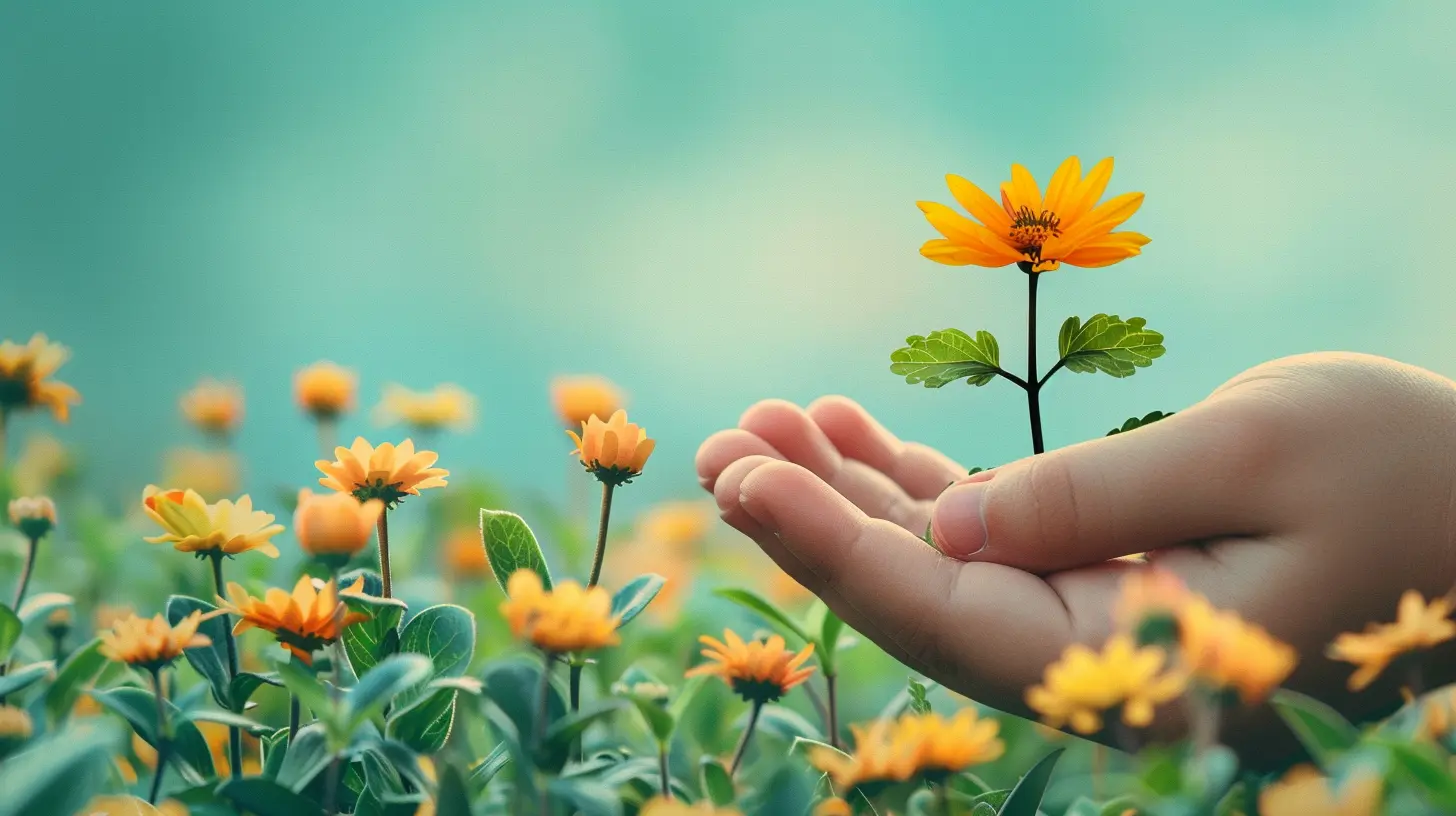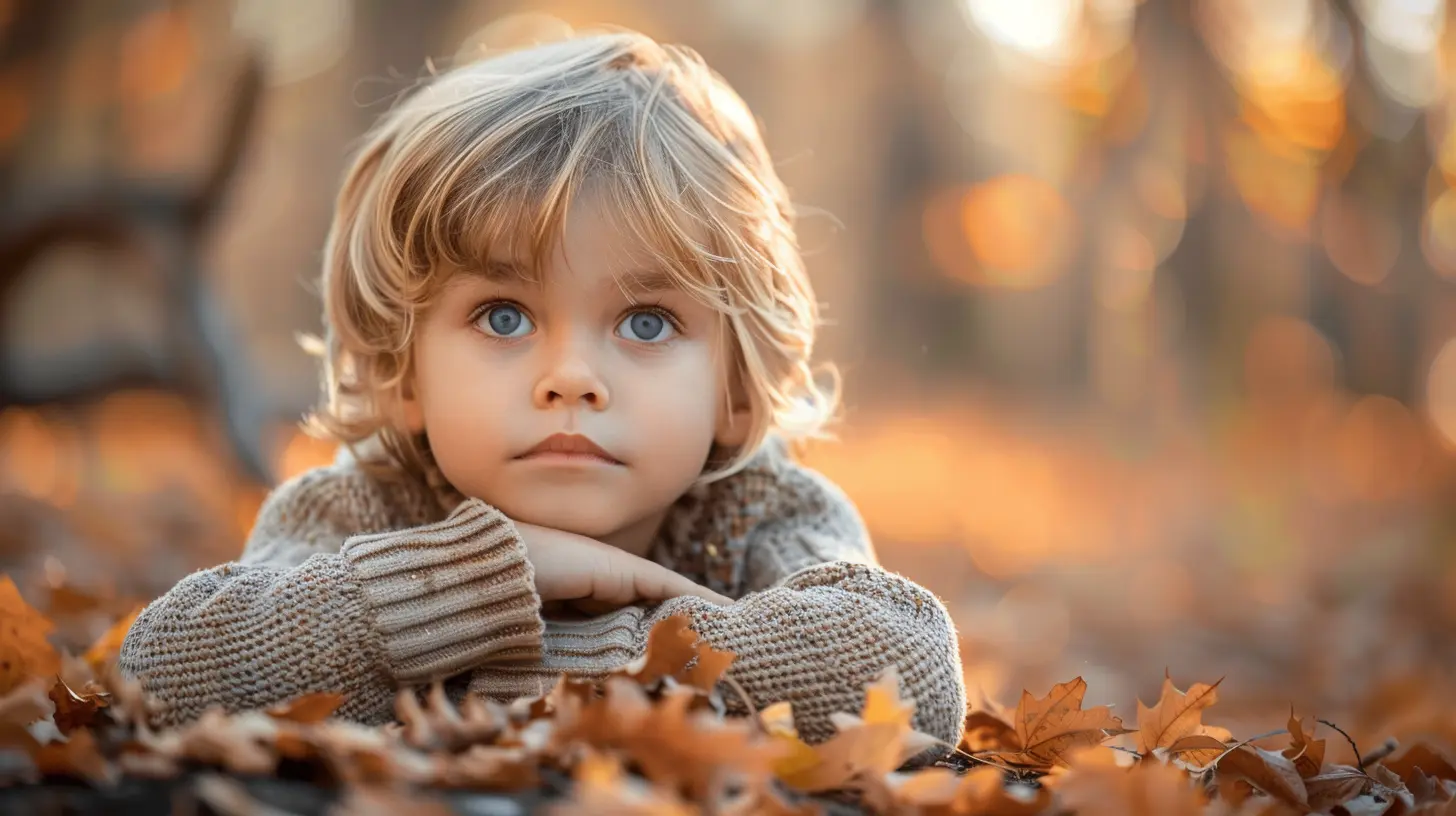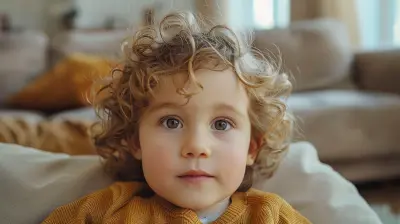Cultivating Gratitude in Children: An Emotional Growth Tool
31 October 2025
Raising kids is an adventure—one filled with highs, lows, and moments that make your heart swell with pride. As parents, we want our children to grow into kind, empathetic, and appreciative individuals. But how do we instill gratitude in them when society constantly bombards them with messages of "more, more, more"?
Gratitude isn't just about saying "thank you." It's about fostering an attitude of appreciation that helps children navigate life with joy and emotional resilience. Think of it as planting a tiny seed in their hearts—one that grows into a strong, beautiful tree over time.
Let’s dive into why gratitude matters and, more importantly, how we can nurture it in our kids in a way that feels fun, natural, and meaningful. 
Why Is Gratitude So Important for Children?
Gratitude is more than just good manners—it's a powerful emotional tool that shapes how kids view the world. When children learn to appreciate what they have, they develop a more positive mindset, stronger relationships, and better coping skills.1. Gratitude Improves Emotional Well-being
A grateful heart is a happy heart. Studies show that kids who practice gratitude tend to be more optimistic and less likely to experience anxiety or depression. Why? Because gratitude shifts the focus from what’s missing to what’s already present.2. It Strengthens Relationships
Gratitude teaches kids to value the people in their lives, from family members to friends and even teachers. When they recognize kindness in others, they’re more likely to reciprocate it, strengthening their social bonds and emotional intelligence.3. It Builds Resilience
Life isn’t always sunshine and rainbows, and kids will face challenges along the way. A grateful mindset helps them navigate setbacks with grace, focusing on what they still have rather than what they’ve lost.4. It Reduces Entitlement
Let's be honest—many kids today (and adults, too!) struggle with entitlement. Teaching gratitude helps combat the "gimme" mindset by making them aware of the effort behind what they receive, whether it’s a home-cooked meal, a toy, or someone’s time and attention.
Practical Ways to Foster Gratitude in Children
Now that we know why gratitude is a game-changer, the next question is: how do we actually teach it? Here are some fun and effective strategies to help your little ones develop a thankful heart.1. Lead by Example
Kids are little mirrors—they reflect what they see. If we want them to appreciate life’s blessings, we have to model gratitude ourselves. Make a habit of expressing appreciation openly:- “I’m so thankful for this delicious meal.”
- “I really appreciate your help with the dishes.”
- “Wasn’t it kind of that neighbor to bring us cookies?”
When children see gratitude in action daily, it becomes second nature to them.
2. Start a Gratitude Journal
Encourage your child to jot down (or draw) three things they’re thankful for every day. This simple habit trains their brains to focus on positivity, even on tough days. For younger kids, you can guide them by asking, “What made you smile today?”3. Create a Gratitude Jar
Find a big jar, some colorful slips of paper, and have your child write down things they’re grateful for throughout the week. Reading them back at the end of the month is a wonderful way to relive joyful moments together.4. Turn Gratitude into a Bedtime Ritual
Instead of just saying "goodnight," take a few minutes to talk about what you’re grateful for that day. Ask questions like:- “What was something nice that happened to you today?”
- “Did someone do something kind for you?”
- “What’s one thing you’re thankful for in our family?”
This creates a cozy, positive way to wind down before sleep.
5. Encourage Thank-You Notes
Handwritten thank-you notes might seem old-school, but they go a long way in teaching appreciation. Whether it’s for a birthday gift or a kind gesture, writing a short note (or even drawing a picture) helps kids understand the value of expressing gratitude.6. Practice Delayed Gratification
Instant gratification is everywhere—click a button, and boom, it arrives at your doorstep. Teaching kids to wait for something they want nurtures appreciation. Whether it’s saving up for a toy or waiting their turn, delayed gratification fosters patience and gratitude.7. Volunteer and Give Back
Nothing teaches appreciation quite like helping those in need. Volunteering at a shelter, donating toys, or even making handmade cards for the elderly can help kids understand just how fortunate they are. When they see others struggling, they begin to value what they have.8. Limit Overindulgence
It’s natural to want to give our children everything, but too much of a good thing can backfire. Instead of showering them with toys and treats, focus on experiences and meaningful connections. Teach them that happiness doesn’t come from "things" but from love, kindness, and shared moments.
Overcoming Common Challenges
Let’s be real—teaching gratitude isn’t always smooth sailing. Some kids resist, some forget, and some just aren't in the mood. Here’s how to navigate common hiccups:1. If They Seem Uninterested
Make it fun! Turn gratitude into a game or challenge. For example, ask them to find five things they’re grateful for in 60 seconds. Keeping it light and playful prevents it from feeling like a chore.2. If They're Feeling Jealous or Envious
Jealousy is normal, but it’s a great opportunity to gently shift their perspective. If they say, “I wish I had a bike like my friend,” you might reply, “I get it, that bike is cool! But isn’t it awesome that you have a scooter you love?”3. If They Struggle to Find Gratitude on Bad Days
Let them know it’s okay to have rough days, but even in hard times, there’s always something small to be thankful for—a hug, a favorite song, or a warm meal.
Final Thoughts: Making Gratitude a Habit for Life
Gratitude isn’t something we teach once and forget about—it’s a lifelong practice. The more we weave it into our daily lives, the more natural it becomes for our children.Remember, cultivating gratitude is like watering a plant. It takes time, patience, and consistency. But one day, you’ll see the fruits of your efforts when your child says “thank you” out of genuine appreciation, finds joy in the little things, and grows into a kind, compassionate human being.
And isn’t that the ultimate parenting win?
all images in this post were generated using AI tools
Category:
Emotional DevelopmentAuthor:

Austin Wilcox
Discussion
rate this article
1 comments
Zealot Forbes
Gratitude isn’t just a buzzword; it’s a superpower! Teach your kids to flex those thank-you muscles early, and watch them conquer life with kindness and a killer perspective. Because let's be real—who wouldn’t want a kid that can shine brighter than their smartphone? #GratitudeGoals
November 3, 2025 at 4:13 AM

Austin Wilcox
Absolutely! Instilling gratitude in children fosters kindness and resilience, equipping them with a powerful perspective that shines even brighter than any gadget. Thank you for highlighting this essential life skill!


